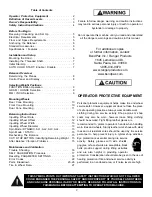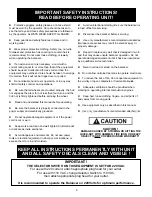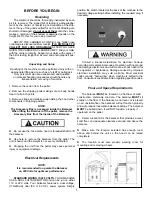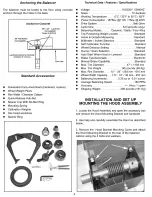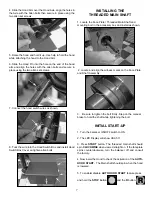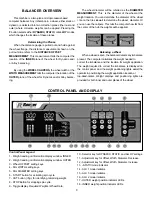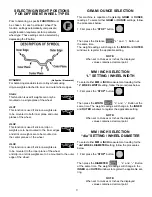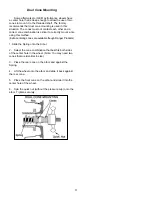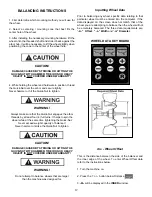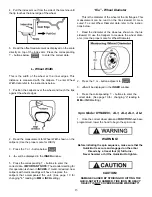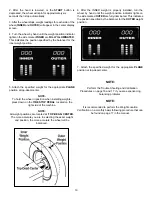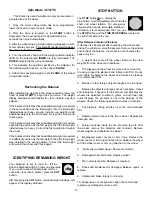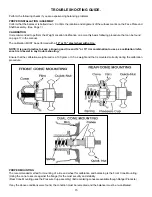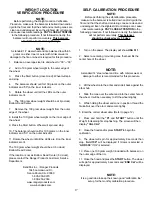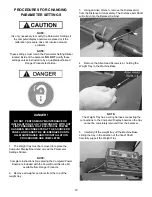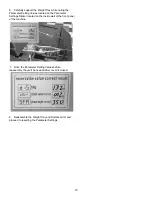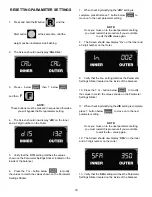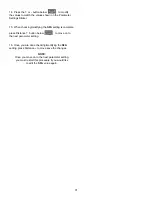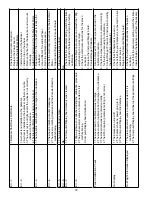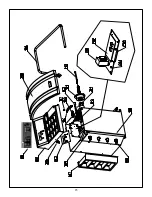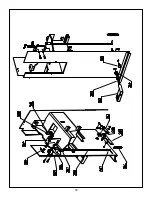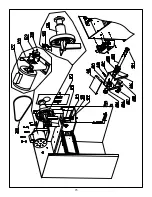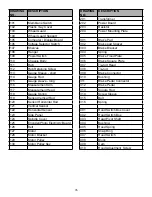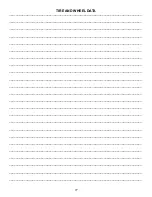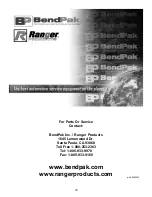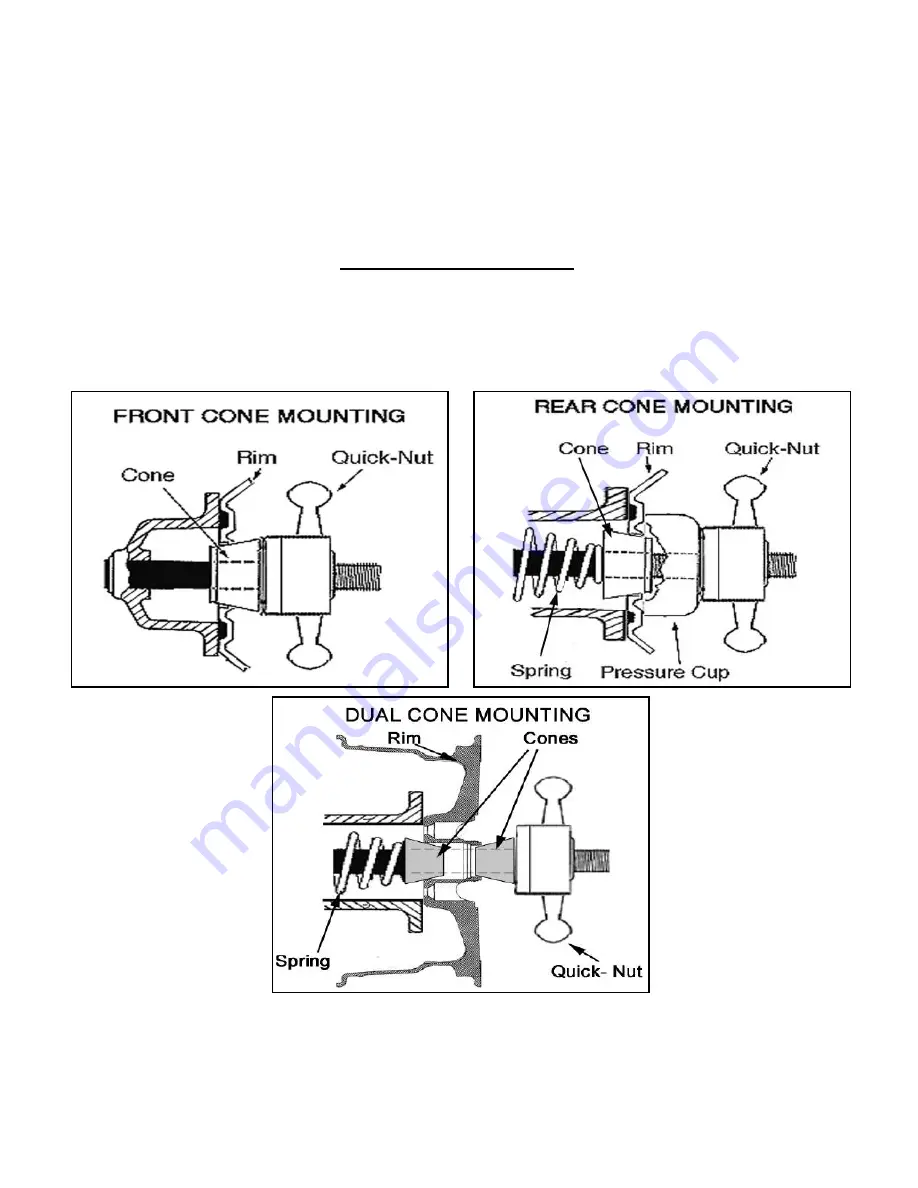
16
TROUBLE SHOOTING GUIDE.
Perform the following checks if you are experiencing balancing problems.
PROPER INSTALLATION / ASSEMBLY
Confi rm that the balancer is bolted down. Confirm the location and alignment of the witness marks on the Face Plate and
Shaft Assembly. (See Page 7.)
CALIBRATION
It is recommended to perform the Weight Location Verifi cation on a monthly basis following procedure that can be found
on page 17 in the manual.
The calibration MUST be performed with a 14” or 15” steel wheel with a tire.
NOTE: It is good practice to keep a known good tire and 14” or 15” rim combination to use as a calibration /refer-
ence tire to assist in any trouble shooting.
Ensure that the calibration weight used is a 100 gram or 3.5 oz weight and that is mounted correctly during the calibration
procedure.
PROPER MOUNTING
The recommended method for mounting of a tire and wheel for calibration and balancing is the Front Cone Mounting.
(Using the cone to secure against the fl ange) for the most security and stability.
(Rear Cone Mounting uses the Pressure Cup assembly.) (Extra centering cones are available though Ranger Products.)
If any the above conditions were found, the condition must be remedied and the balancer must be re-calibrated.

